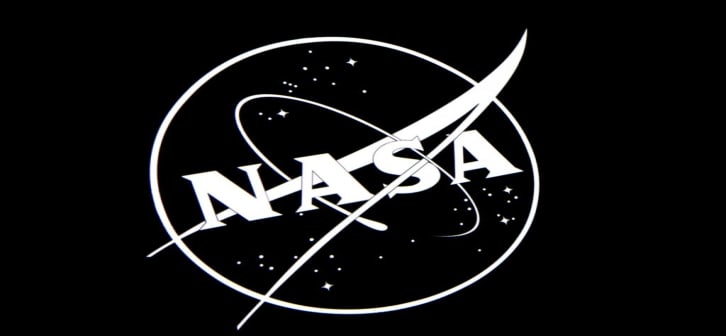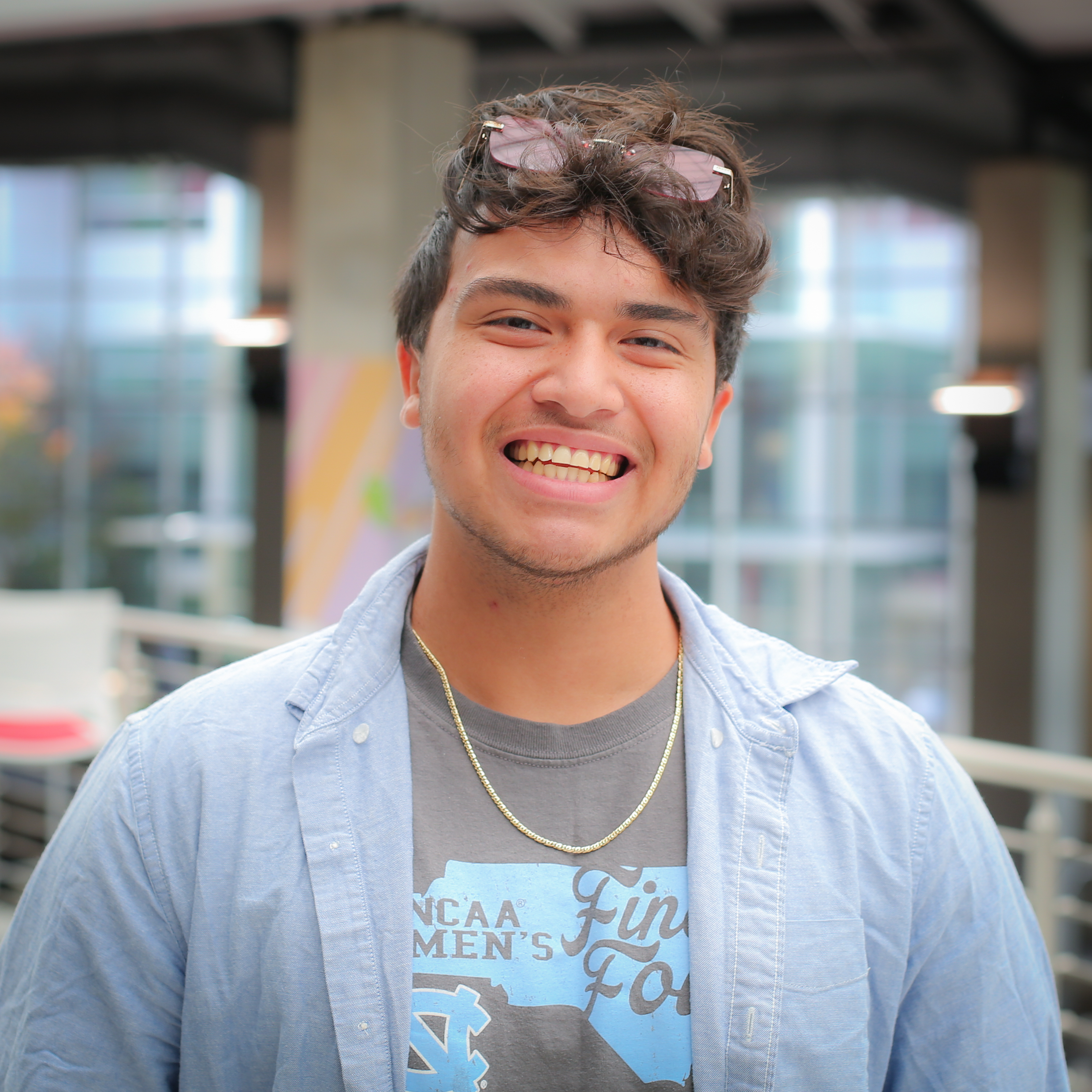NASA Awards $14M to Minority-Serving Community Colleges and Universities
Editor & Writer
Editor & Writer
Editor & Writer
Editor & Writer

- NASA awarded 14 minority-serving institutions (MSIs) with STEM-related and Artemis-mission-related funding.
- NASA also awarded five non-MSIs awards to test projects in Earth's low-orbit environment.
- Prince George's Community College in Maryland will establish STEM majors through the grant.
NASA is making big investments to help science, technology, engineering, and math (STEM) students at minority-serving two-year and four-year colleges boost their careers in space research.
NASA announced a $14 million investment over three years to minority-serving colleges and universities on July 26 to advance a new generation of diverse STEM students. The two awards — one for $6 million and the other for $8 million — will establish general STEM curricula and projects and specific research for upcoming Artemis missions to the moon.
"These awards help NASA reach students and institutions that traditionally have had fewer opportunities in cutting-edge spaceflight research," Shahra Lambert, NASA's senior advisor for engagement, said in a press release.
"We want the Artemis Generation to feel excited and prepared to join us in tackling the scientific and technological challenges of space exploration."
NASA granted five institutions a total of nearly $6 million through the Minority University Research and Education Project (MUREP) Curriculum Award to strengthen MSIs' STEM programs.
- Prince George's Community College in Maryland is establishing STEM majors through the award.
- Passaic County Community College in New Jersey will tackle urban climate change.
- The University of Nevada, Las Vegas is establishing a research and education partnership with NASA.
- The University of Texas Rio Grande Valley students will work on a remote-sensing and analytics project with NASA.
- The University of the District of Columbia will develop a "NASA-infused" curriculum and experiential research for students in space technology.
NASA awarded nine MSIs a total of over $8 million through the MUREP Space Technology Artemis Research program to carry out research for the upcoming Artemis missions to the moon.
"When we return humans to the Moon, it will be thanks to the creativity and dedication of researchers across the nation," Walt Engelund, deputy associate administrator for programs in the Space Technology Mission Directorate, said in the press release.
The nine institutions will explore research projects directly related to Artemis through manufacturing, extravehicular research and development, element extraction, biology, rocket engine research, and robotics.
The Institutions:
- California State Polytechnic University, Pomona (Cal Poly Pomona) Foundation
- California State University, Los Angeles
- Cankdeska Cikana Community College, North Dakota
- Delaware State University
- College of the Desert, California
- Morgan State University, Maryland
- University of Maryland Eastern Shore
- University of North Texas
- University of Texas at Arlington
NASA also awarded five non-MSIs $100,000 each for the International Space Station Flight Opportunity, which allows university projects to experience the effects of low Earth orbit.
"These awards offer researchers a valuable opportunity to leverage the unique microgravity environment of the International Space Station as a platform or testbed, allowing them to conduct authentic spaceflight demonstrations based on their preliminary ground-based research," Kathleen Loftin, project manager for the Established Program to Stimulate Competitive Research, said in the press release.
"By utilizing the space station as a proving ground, we accelerate the readiness of these technologies, bringing them one step closer to practical implementation."
- The University of Delaware will explore the impact of temperature cycles and outgassing on transceivers.
- The University of North Dakota will research the effect of microgravity and higher radiation on healing and other topics.
- The Nevada System of Higher Education will create a vision screening system for long-term spaceflight missions.
- Oklahoma State University will research the space effects on polymers.
- The University of Kentucky is developing a reentry payload system for the international space station.
















